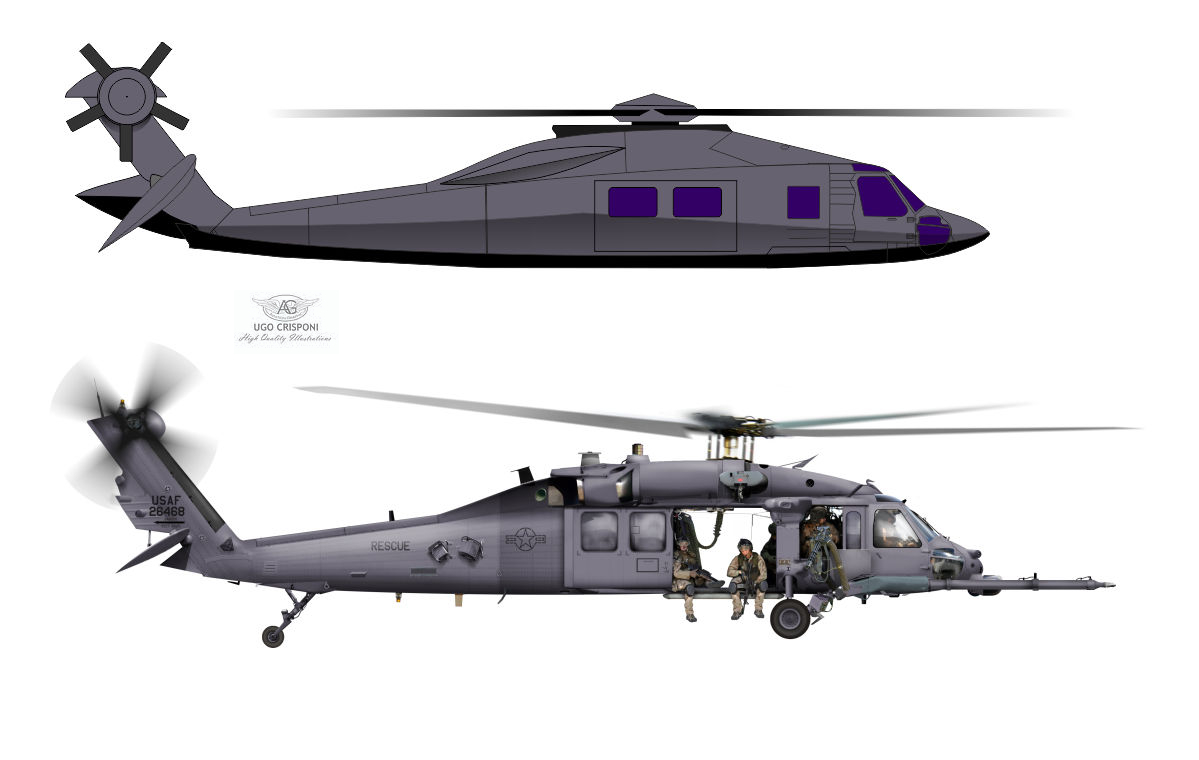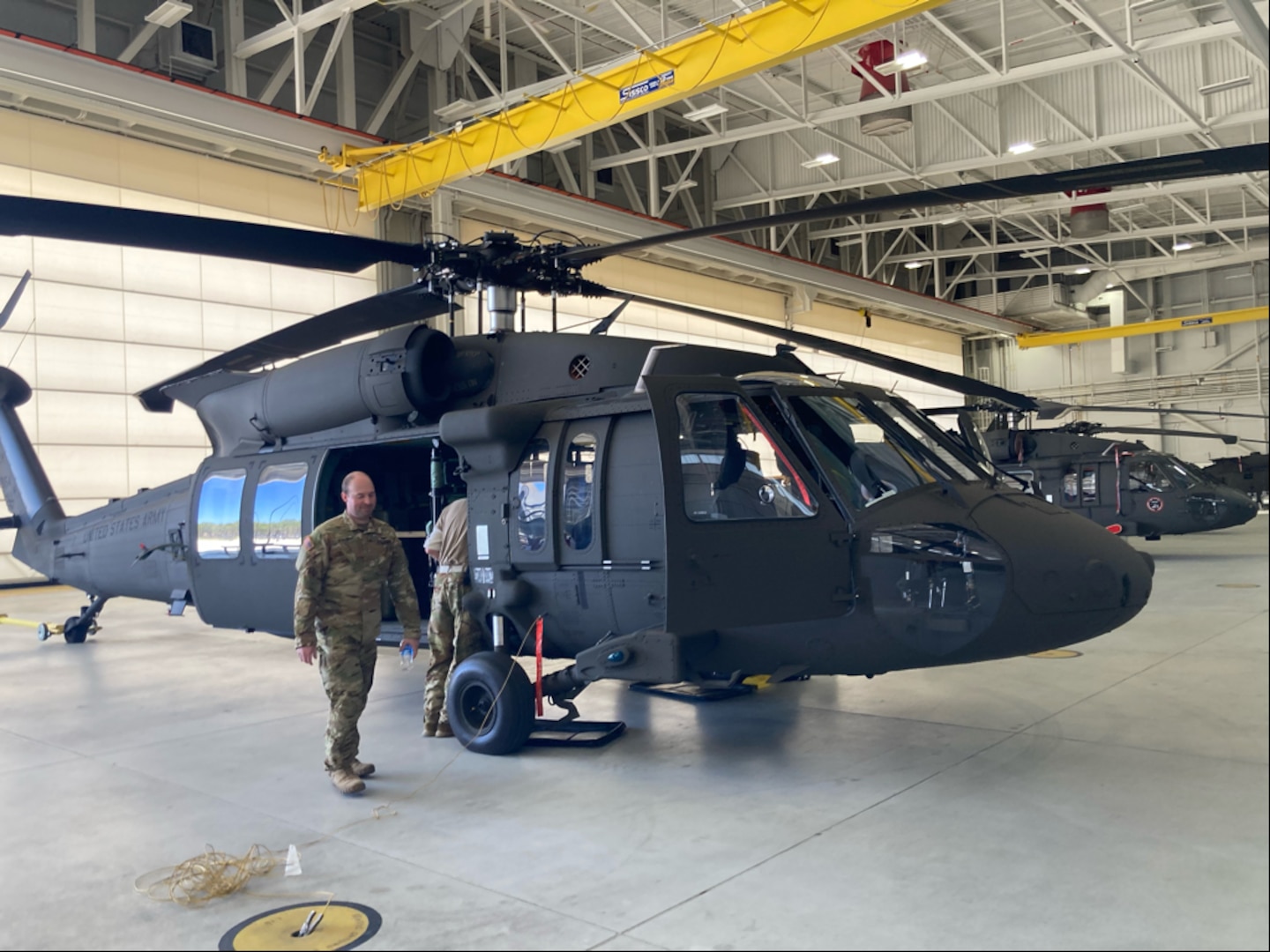How the Blackhawk Helicopter Ended Up Being an Icon of Army Strength and Versatility
How the Blackhawk Helicopter Ended Up Being an Icon of Army Strength and Versatility
Blog Article
Blackhawk Helicopters: Changing Civil and army Air travel
The introduction of Blackhawk helicopters in the late 1970s marked a considerable evolution in both armed forces and civil aviation. As we examine their profound effect, it is vital to think about the future trajectory of Blackhawk aeronautics and the difficulties that might exist in advance in a rapidly changing landscape.
History of Blackhawk Helicopters
Historically, the development of Blackhawk helicopters started in the 1960s, driven by the United States Army's demand for a functional energy airplane to change the aging fleet of helicopters in service during that time. The Military looked for a system that might perform a selection of goals, including army transportation, medical emptying, and logistical assistance, with boosted haul, speed, and range ability. In 1972, Sikorsky Airplane Firm was granted the agreement for the brand-new design, which would certainly end up being referred to as the UH-60 Blackhawk.
The Blackhawk's layout was defined by advanced technologies, consisting of a twin-engine arrangement, a four-blade major rotor system, and a robust airframe designed for durability in combat circumstances. The very first trip of the prototype occurred in 1974, and by 1979, the Blackhawk went into solution, promptly ending up being a cornerstone of the Military's air travel capacities. Its functional flexibility and dependability appeared in different military procedures throughout the 1980s and beyond. Over the years, the Blackhawk has actually undergone various upgrades, guaranteeing its importance in contemporary warfare while likewise leading the way for its adaptation in civil air travel duties, better strengthening its condition as an iconic airplane.
Military Applications and Effect
The flexibility of the UH-60 Blackhawk has actually made it an important property in numerous armed forces applications considering that its introduction. Developed for multi-role capabilities, the Blackhawk supports troop transportation, medevac operations, reconnaissance goals, and logistical assistance. Its ability to run in diverse environments, from urban settings to rugged terrains, boosts its efficiency in fight and humanitarian goals alike.
Blackhawks have actually played crucial functions in numerous military procedures, consisting of the Gulf Battle and operations in Somalia and Iraq. They excel in quick troop release and evacuation, significantly boosting operational effectiveness and feedback times. The helicopter's sophisticated avionics and trip systems enable accuracy goals under adverse weather and at evening, thereby taking full advantage of goal success prices.
Moreover, the Blackhawk's robust construction and effective performance enable it to withstand hostile environments, making it a recommended selection for special operations pressures. Its influence expands beyond straight combat duties, as it has likewise been important in calamity relief and recuperation efforts, showcasing its versatility and integrity. The ongoing advancement of the Blackhawk's capabilities ensures its importance in modern-day army strategy, solidifying its legacy as a keystone of armed forces aeronautics.
Technical Innovations
Countless technological advancements have actually considerably boosted the capacities of the UH-60 Blackhawk, guaranteeing it continues to be at the leading edge of army aviation. Among one of the most notable innovations is the assimilation of innovative avionics systems, which give pilots with real-time information, enhancing situational awareness and decision-making. The introduction of electronic cockpit screens replaces standard analog tools, simplifying operations and lowering pilot workload.
Furthermore, the consolidation of composite materials has enhanced the helicopter's structural integrity while decreasing weight, therefore boosting fuel effectiveness and payload capacity. The Blackhawk's rotor system has additionally developed, featuring quieter and a lot more reliable blades that decrease noise trademarks, click critical for concealed procedures.
In addition, the application of fly-by-wire modern technology enhances flight control accuracy and security, permitting much better performance in numerous environments. Enhanced interaction systems enable secure and dependable information exchange, facilitating coordinated missions.
The adaptability of the Blackhawk has also been enhanced via modular design, enabling quick reconfiguration to fulfill varied mission needs. These developments jointly make certain that the UH-60 Blackhawk continues to be a vital asset in the arsenal of contemporary military forces, with the ability of reacting efficiently to an array of operational obstacles.
Civilian Makes Use Of and Benefits


Furthermore, Blackhawks are employed in firefighting operations, particularly in challenging terrains. Outfitted with water pails or airborne firefighting modern technologies, they boost the abilities of landing crew, allowing much more effective responses to wildfires. In addition, the helicopters have discovered roles in legislation enforcement and search-and-rescue missions, reinforcing public safety initiatives in metropolitan and wild setups.
In the realm of framework support, Blackhawk helicopters are used for transport of employees and tools to hard-to-reach places, such as oil rigs and remote building and construction navigate to these guys sites. The versatility of these airplane, integrated with their robust design, provides both performance and dependability, making them important properties throughout numerous sectors in the private landscape. Hence, the Blackhawk helicopter proceeds to make significant payments beyond its army heritage.
Future of Blackhawk Aeronautics
Emerging modern technologies and changing functional needs are poised to shape the future of Blackhawk aviation dramatically. As army and private markets progressively focus on convenience and performance, technologies such as innovative avionics, synthetic intelligence, and enhanced materials will certainly redefine the abilities of Blackhawk helicopters - Blackhawk Helicopter. These improvements will certainly not just improve flight efficiency but additionally increase mission planning and execution with real-time information evaluation and decision-making support

In addition, sustainability will certainly end up being a prime focus in future Blackhawk styles. Establishing crossbreed or electric propulsion systems can lower the environmental effect of private and army procedures, aligning with international initiatives to fight environment modification.
Conclusion
In final thought, Blackhawk helicopters have substantially transformed both civil and armed forces air travel because their inception. As future growths in air travel technology arise, the Blackhawk's function is most likely to broaden, solidifying its standing as a critical property across varied fields in the coming years.
The introduction of Blackhawk helicopters in the late 1970s marked a substantial development in both army and civil aeronautics. The ongoing advancement of the Blackhawk's abilities ensures its importance in modern-day armed forces method, strengthening its legacy as a keystone of armed forces air travel.
Numerous technical developments have substantially boosted the capacities of the UH-60 Blackhawk, ensuring it stays at the leading edge of armed forces aeronautics. As armed forces and civilian fields increasingly focus on flexibility and performance, visite site developments such as innovative avionics, synthetic knowledge, and boosted products will certainly redefine the capacities of Blackhawk helicopters.In final thought, Blackhawk helicopters have dramatically transformed both civil and army aviation given that their inception.
Report this page